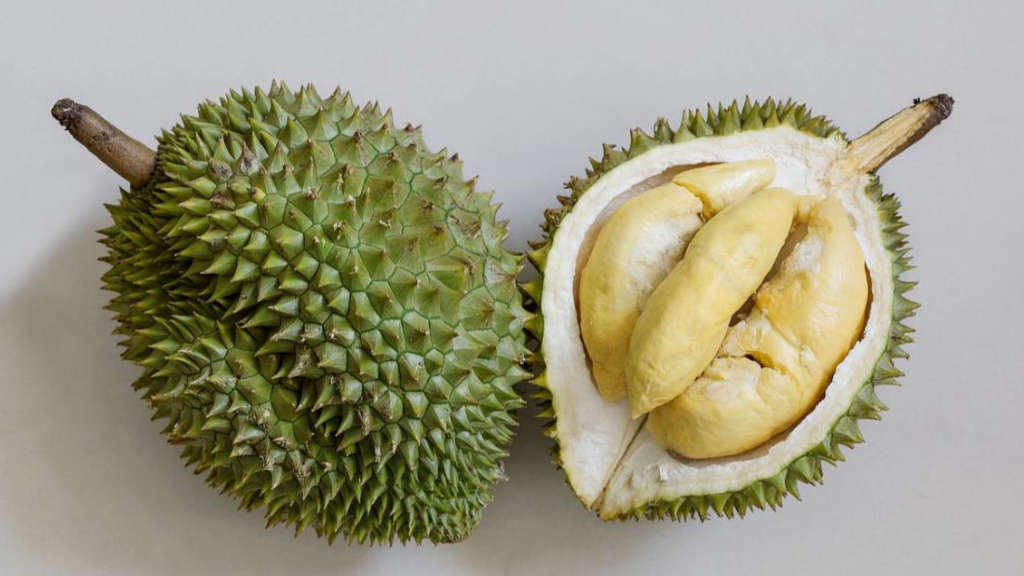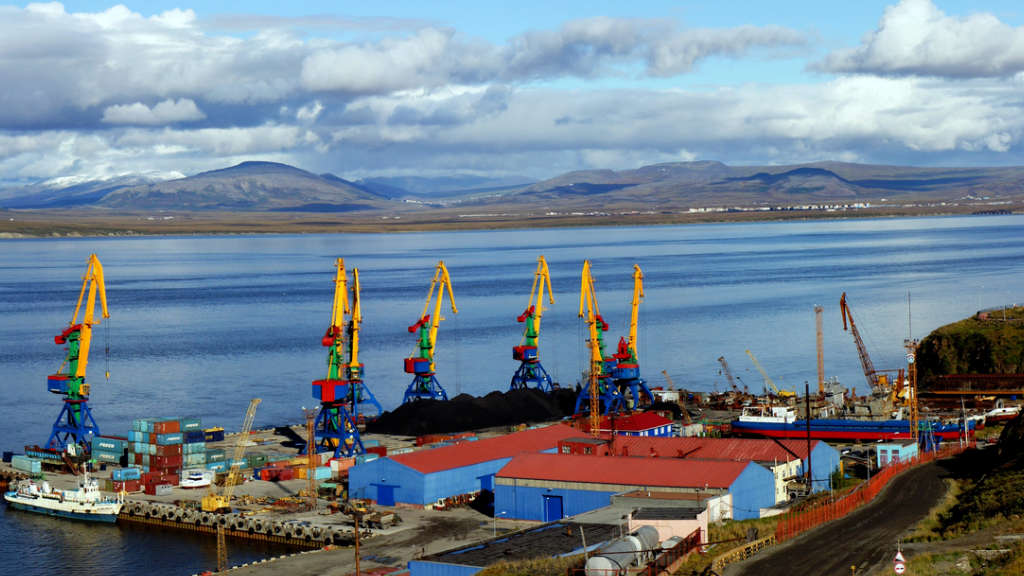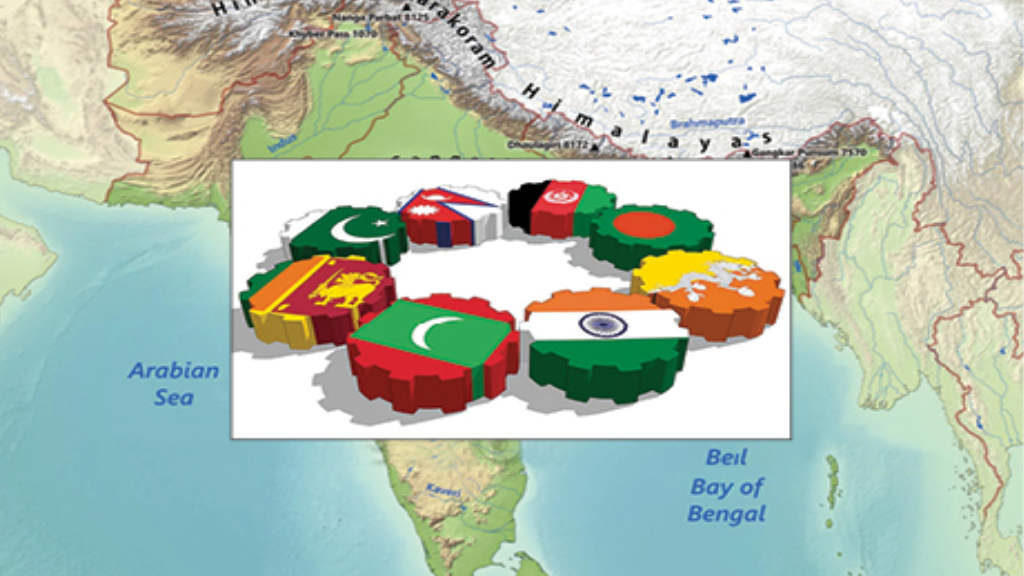Russian Foreign Minister Sergey Lavrov has noted that the rapid growth of exchanges between Russian regions and Chinese provinces helps identify a variety of new investment projects, according to his statements to participants of the Russian-Chinese forum in Khabarovsk.
Lavrov said that “the Sino-Russian relations of comprehensive partnership and strategic interaction are a model of equal, mutually beneficial cooperation between two global centres in the 21st century. Borderline and interregional ties are their important elements. The dynamic growth continues between Russian regions and Chinese provinces, which helps identify a variety of new promising projects.”
Discussing the Khabarovsk Region in particular, he noted that “its rich experience of successful work with our Chinese friends holds leading positions in regional interaction. Friendly ties are maintained, and trade-economic, scientific-technical and humanitarian agreements are being implemented. An ambitious project in a unique format, the joint development of the borderline Bolshoy Ussuriysky Island with the Chinese side, is being implemented in the region now.”
Russia has 89 federal subjects, which are divided up into different categories, including republics, which tend to be semi-autonomous regions based on ethnicity and religion; krais, which are administrative territories; and oblasts, which are administrative regions within krais, as well as okrugs, which again tend to be ethnically designated regions. Some key cities also maintain a specific high-level status with direct links to Moscow as opposed to regions.
China has 34 effective regional subjects, including two Special Administrative Regions (SAR), in Hong Kong and Macau, which operate under somewhat different rules than the rest of China, mainly involving trade and taxation regulations. China also has five autonomous regions based on ethnic, cultural and religious differences, such as Xinjiang and Tibet, in addition to 23 provinces and 4 key regions, including Shanghai, that also report directly to Beijing rather than the regional government.
In this way the two countries have somewhat similar administrative structures, although Russia, being far larger than China, has rather more regions. Russia covers 17,098,246 km² and has a population of about 147 million. China covers 9,596,961 km² and has a population in excess of 1.4 billion.

Lavrov’s comments are descriptive of the drilling down that both Russian and Chinese regional governments and their related businesses are now conducting when looking for trade opportunities in each other’s regions. The two countries share a great deal of border commonality, with a 4,209.3 km border, much of which shares mutual delineating assets – such as rivers. Using rivers as a border mark goes back thousands of years, with disputes and disparities sometimes creating tensions. This has affected the Russian-Chinese borders for decades, although today both sides are moving closer together and actively using shared border resources for mutual benefit – including cross-border logistics and transport, and 70 border sections of inland rivers are being modernized.
Some border areas also allow the regular visa-free passage of each other’s citizens so that they may openly engage in mutual trade and investment in each other’s cities. These include the Manzhouli-Zabaykalsk as well as the Bolshoy Ussuri border Lavrov mentioned, as well as several others. These are now developing further into special economic zones aimed at processing products from each other’s territories for further on-sale into their respective markets. Services offered include everything from warehousing, sanitary inspections, labelling, and so on.
Russian businesses requiring assistance in China for anything from translations to arranging meetings may contact Russia’s Pivot To Asia here.
Further Reading
China, Russia Sign Multiple Agreements Following 7-Hour Putin-Xi Talks: Statements





